History of the planned site
The planned site of the Rising East project, the Narihirabashi and Oshiage districts of Sumida Ward, belonged to Shimousa Province with the Sumida River as the border in the early Edo period, and was a suburb of "Edo" with farmland scattered amongst reed-covered marshes. After the Furisode Fire (Meireki Fire) of 1657, urbanization east of the Sumida River progressed through land reclamation, samurai residences were relocated, and eventually town houses were built, with magistrates and town magistrates being appointed in 1713. The border was then moved to the Edo River, which is the current prefectural border, and the area became part of Musashi Province.
In the Meiji period, this area came to be known as Honjo-ku Koumegawaramachi, which is said to be due to the thriving production of tiles in the area. As a result, many craftsmen lived in the vicinity and various manufacturing traditions were nurtured. Tobu's history in this area began on April 1, 1902 (Meiji 35), when the Tobu Isesaki Line was extended from Kita-Senju and Azumabashi Station (now Tokyo Skytree Station) was opened.
In 1904, the station was temporarily closed due to the opening of the Kameido Line (between Hikifune and Kameido), but later reopened as a freight station in 1908, and was renamed "Asakusa Station" and reopened as a passenger station in 1910. At the time, freight brought by rail to Narihirabashi Station (now Tokyo Skytree Station) was transferred here to boat transport and sent across the country via the Kitajukken River, Sumida River, and Nakagawa River. In 1911 (Meiji 44), the Tobu Railway head office was relocated to this location, Koumegawaracho, Honjo Ward (now Oshiage 1-1-2, Sumida Ward), and has played a central role as the Tobu Railway's central base.
After that, when the current Asakusa Station opened in 1931 (Showa 6), it was used as the passenger terminal for the Tobu Isesaki Line until it was renamed "Narihirabashi Station (now Tokyo Skytree Station)", and it continued to function as a logistics terminal for a long time until cargo handling was discontinued in 1993 (Heisei 5). For over a century since its opening, "Narihirabashi Station (now Tokyo Skytree Station)" has played a historical role as a hub where people and goods gather and disperse, and where culture and industry come and go.

Koumegawaracho before the extension of the Tobu Isesaki Line
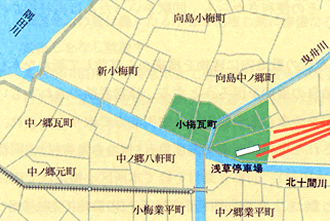
Koumegawaramachi after the head office relocation
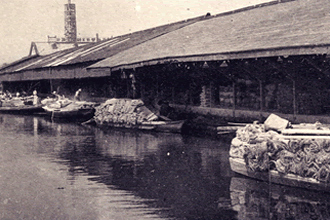
Installed dock
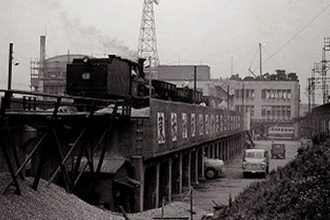
Koumegawaramachi after the head office relocation
Narihirabashi Station (now Tokyo Skytree Station) Photo Gallery
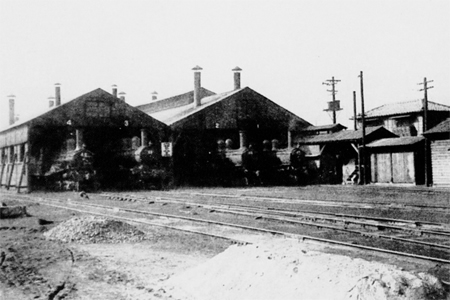
Asakusa engine shed - exterior
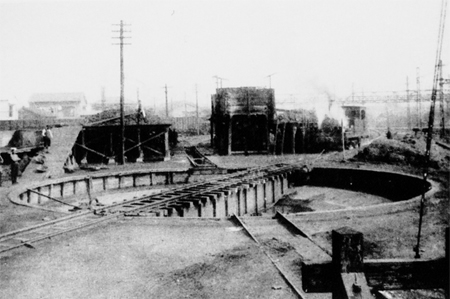
Asakusa engine shed and turntable
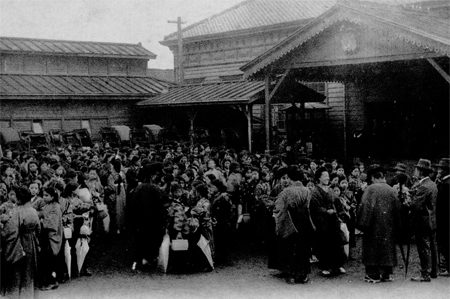
(Currently Tokyo Skytree) Female students gathered in front of the station (Miwada Girls' High School autumn school trip)
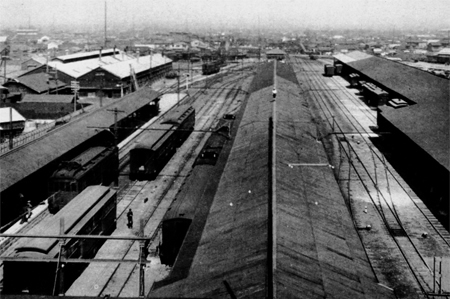
Inside Asakusa (now Tokyo Skytree) Station
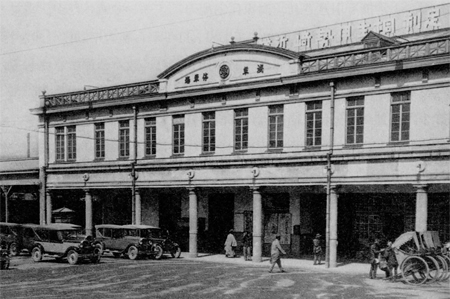
Asakusa at the time of electrification
(Currently Tokyo Skytree) Station
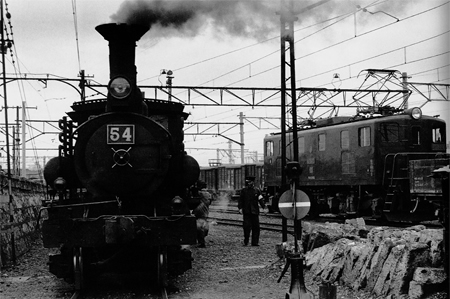
Inside Narihirabashi Station (now Tokyo Skytree)
Replacement work
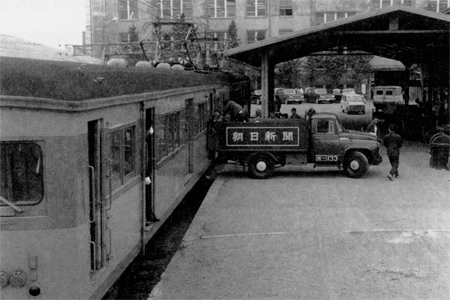
Inside Narihirabashi Station (now Tokyo Skytree)
Newspaper transport of the past
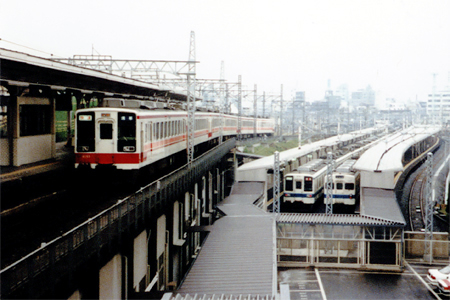
Narihirabashi (now Tokyo Skytree) Station
Horizon Home
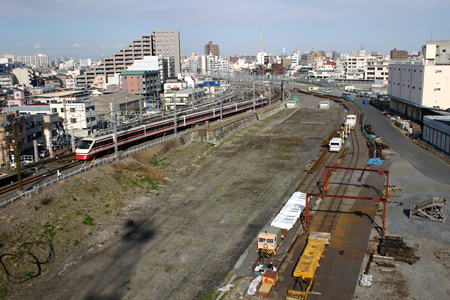
TOKYO SKYTREE planned site
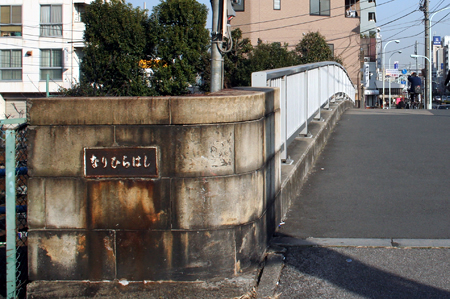
Narihirabashi Bridge, from which the station name originated